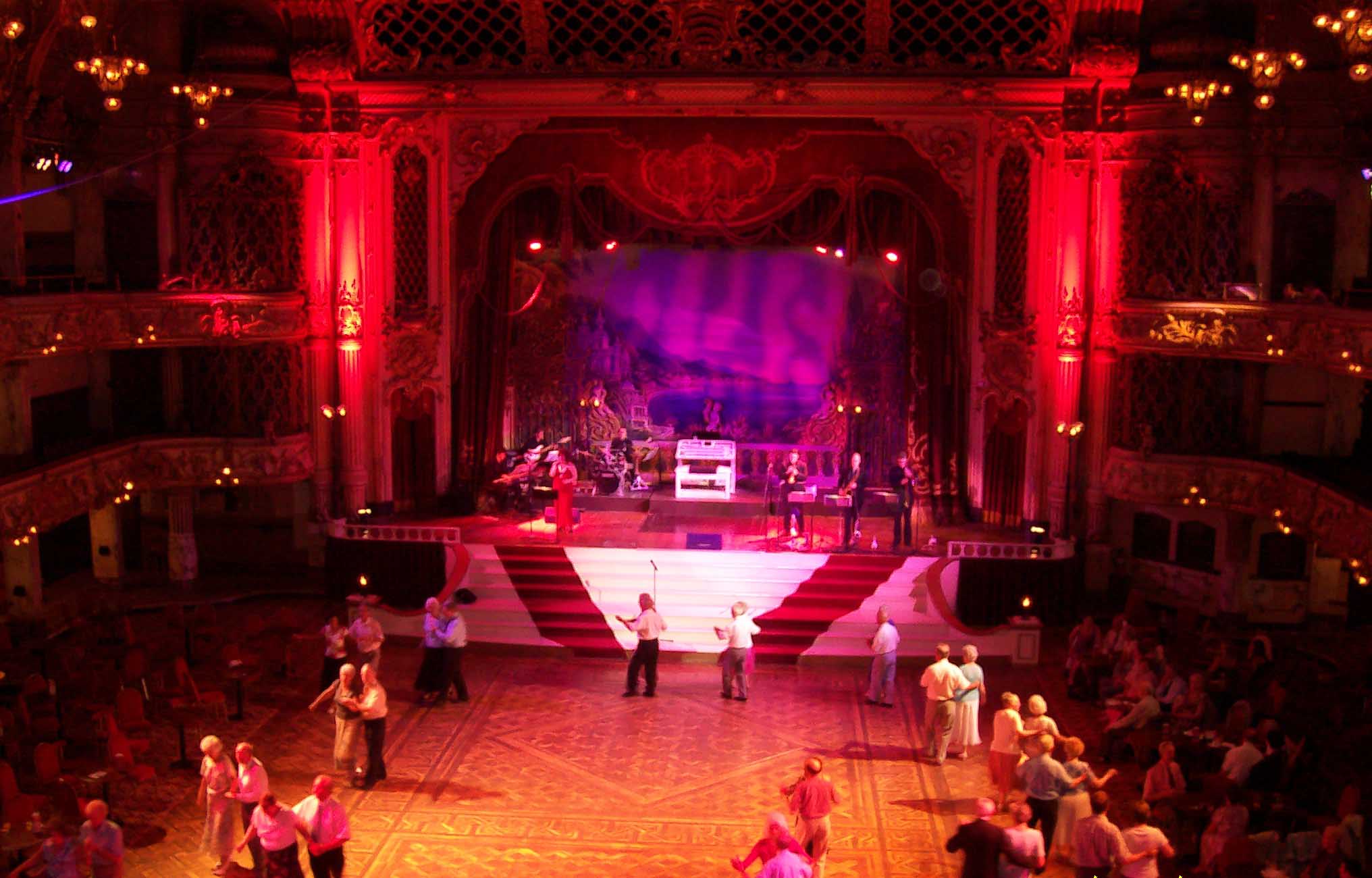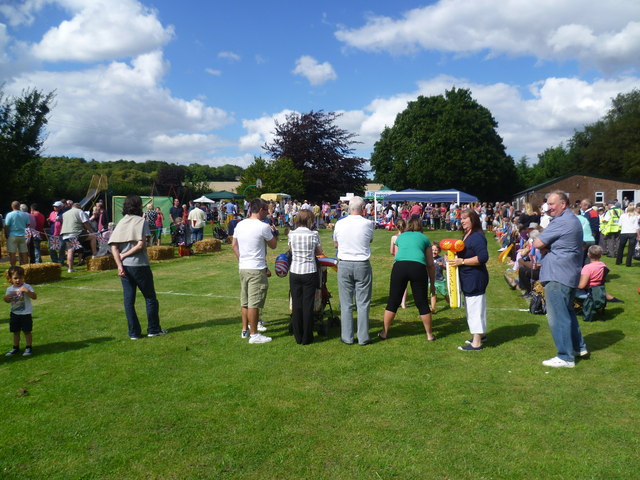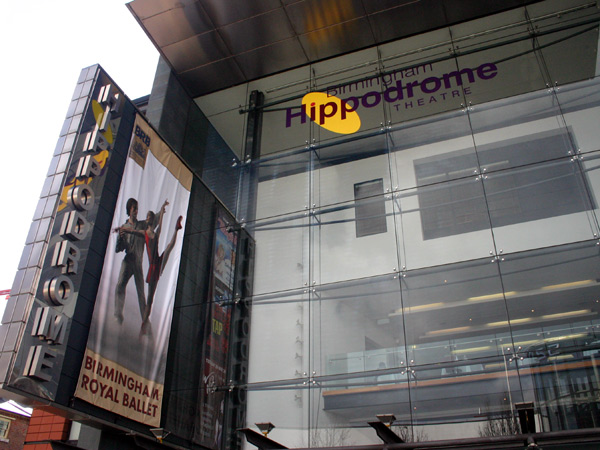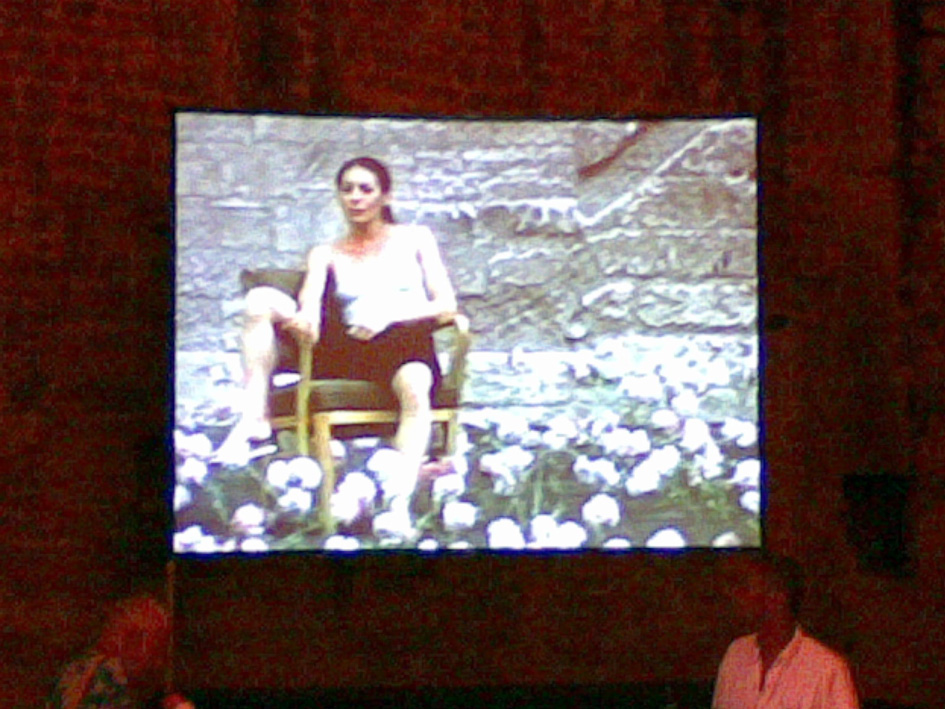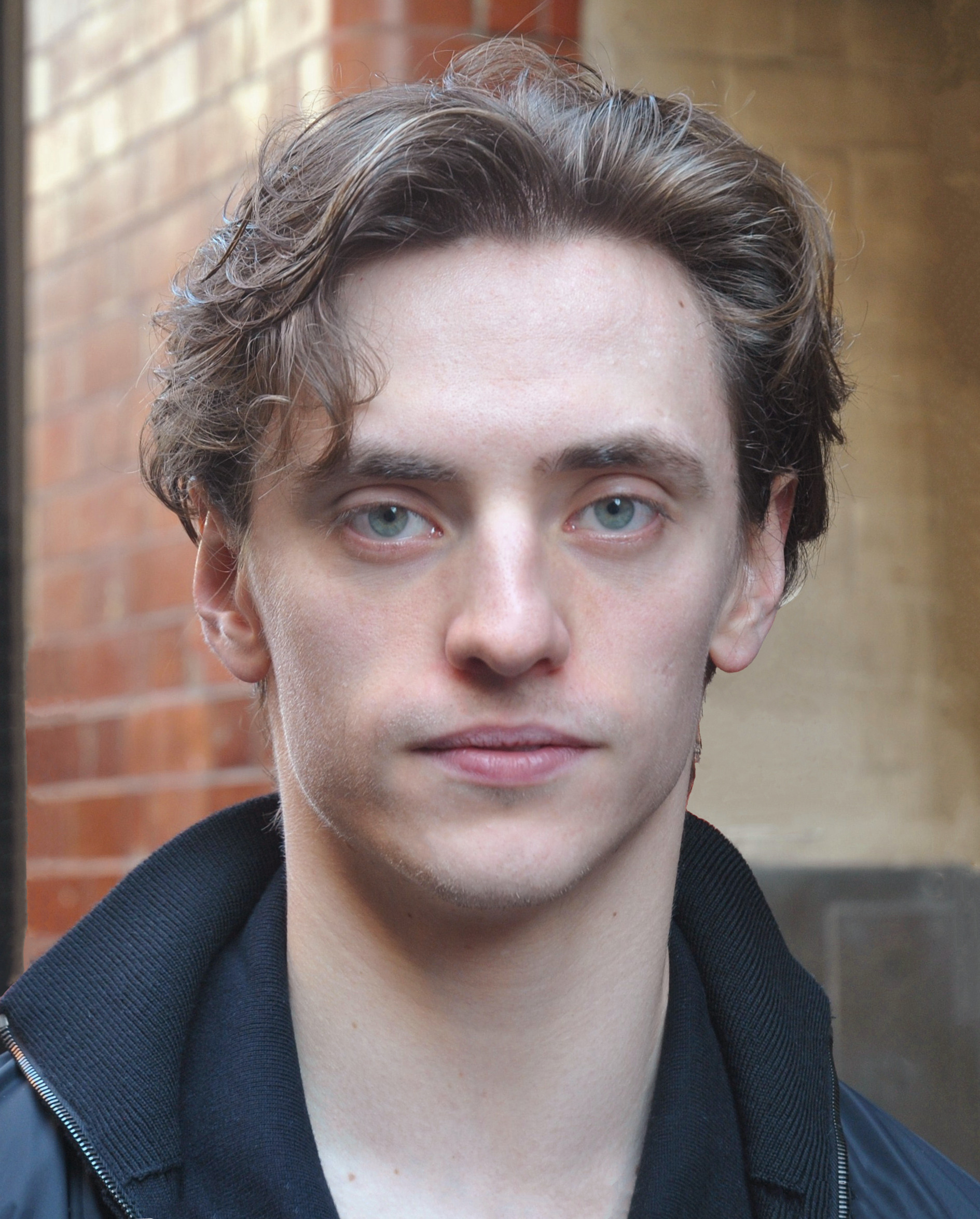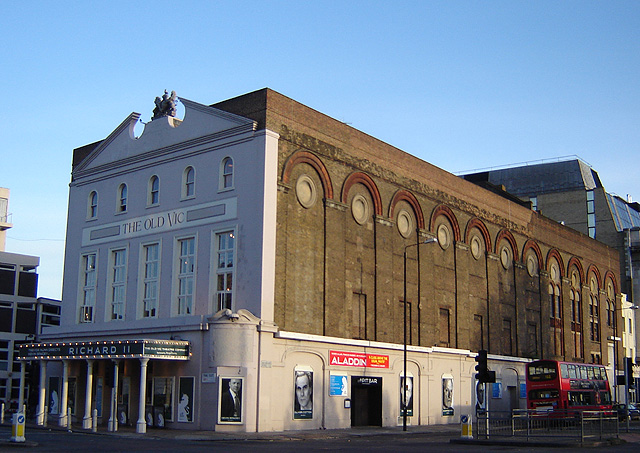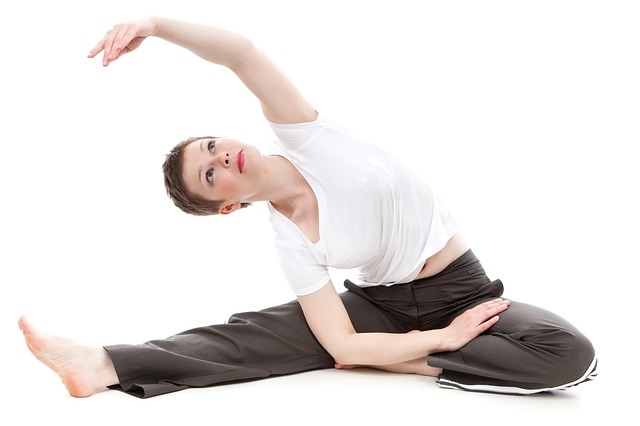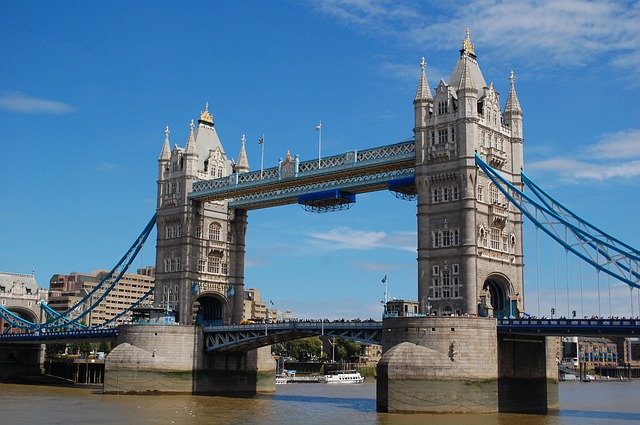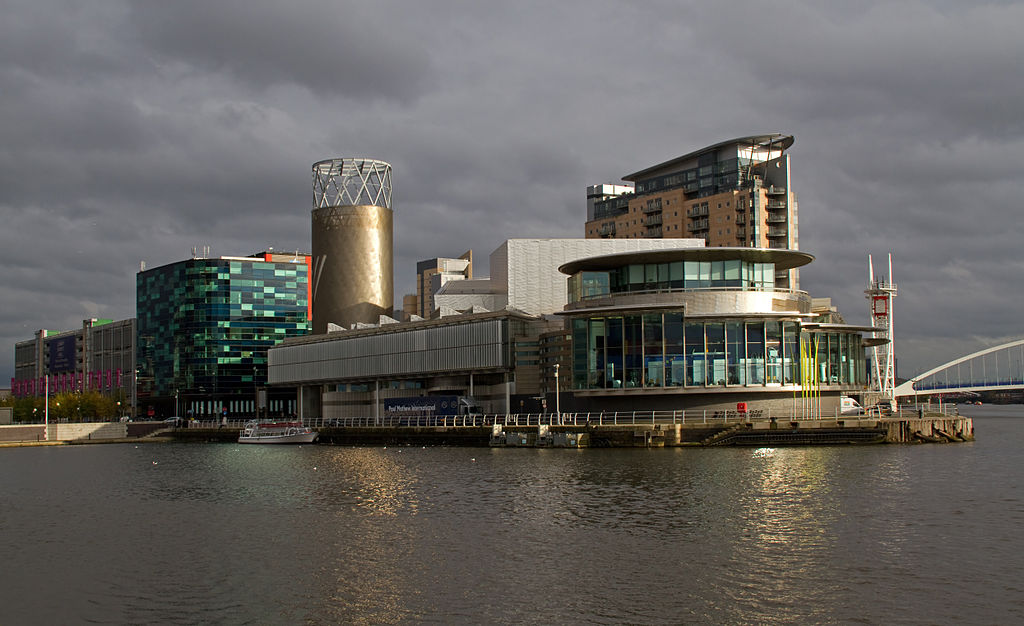 Iconic British dance company Rambert will present The Future, an evening of new choreography co-curated with its partner venue The Lowry, Salford, on 3 October 2015. The Future is part of Rambert’s choreographic programme to develop a generation of diverse artists who are ambitious to work in large scale spaces and collaborate with artists from a variety of disciplines. The programme also provides choreographers from within Rambert with performance platforms, access to technical knowledge, mentoring and the opportunity to create work with world-class dancers.
Iconic British dance company Rambert will present The Future, an evening of new choreography co-curated with its partner venue The Lowry, Salford, on 3 October 2015. The Future is part of Rambert’s choreographic programme to develop a generation of diverse artists who are ambitious to work in large scale spaces and collaborate with artists from a variety of disciplines. The programme also provides choreographers from within Rambert with performance platforms, access to technical knowledge, mentoring and the opportunity to create work with world-class dancers.
2015 will see Rambert extend these opportunities to external dance artists for the first time, as well as to Leeds-based choreographer and founder of DeNada Dance, Carlos Pons Guerra, to create a new work with Rambert dancers. The programme will then include works by Rambert dancers Luke Ahmet, Simone Damberg Würtz, Patricia Okenwa and Pierre Tappon. The Future will also feature new works by Leeds-based company the MiddletonCorpus and Newcastle-based Lo-Giudice Dance. This is the first time Rambert has worked with young choreographers from outside the company in this particular way, and it is the first time it has presented choreographic platform events in north west England.
Choreographic development is fundamental in Rambert’s work: it has nurtured generations of choreographers who have gone on to have long-standing careers such as Rambert’s Artistic Director Mark Baldwin, Rafael Bonachela and Christopher Bruce. Emerging choreographers such as Miguel Altunaga, Malgorzata Dzierzon and Alexander Whitley have also been supported at the start of their careers, and The Future will extend this by opening platforms up to young choreographers.
Rambert’s choreographic programme is consequently developing its national reach, through collaborations with regional venues such as The Lowry, producing performance platforms for both Rambert choreographers and emerging dance makers across the UK. The Lowry’s reputation as a regional hub for dance performance makes it ideal for presenting this unique insight into the future of dance.

